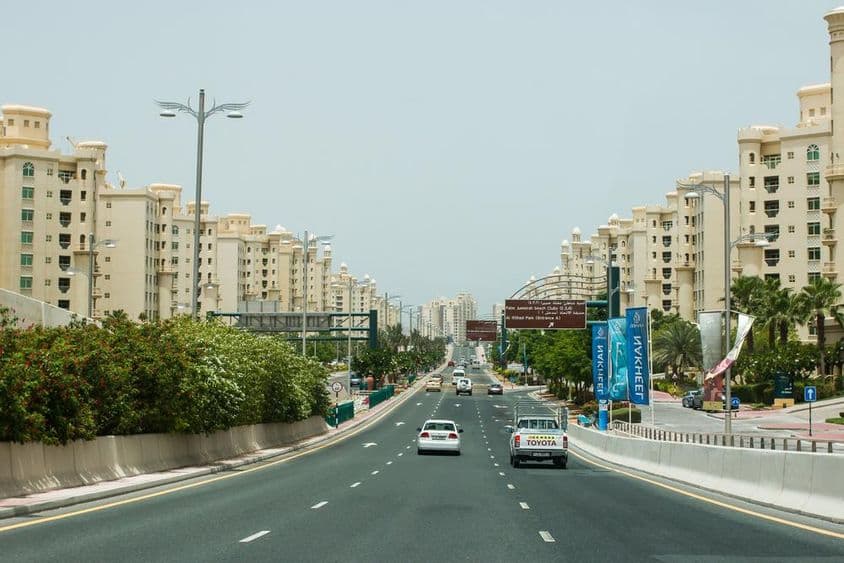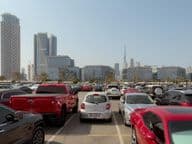Dubai's Innovative Plan to Ease Traffic

Flexible Work Hours and Levitation Transit System May Reduce Traffic
Traffic congestion has long been a challenge for Dubai, especially during the morning rush hour when over 3.5 million vehicles are on the roads simultaneously. In the last two years, the number of registered vehicles in the emirate has grown by 10%—far surpassing the global average of 2-4%. In response, Dubai has launched an ambitious transport development plan: the Roads and Transport Plan 2030, which aims to alleviate congestion using new technologies, infrastructure, and smart transportation solutions.
Innovation in the Air: Levitation Transit Systems are Coming
Transportation authorities approved the Suspended Transport Systems Project last year, targeting a 65-kilometer smart mobility network. The system will consist of hovering capsules traveling on elevated rail tracks, connecting Umm Suqeim Street, Al Khorth, and Zabeel. Feasibility studies are currently underway, with the goal of implementing a sustainable, space-saving, and fast urban transportation alternative.
Transportation Policy: Flexible Work and Smart Tolls
As part of the 2030 plan, Dubai is implementing comprehensive policy changes. Authorities encourage public and private sector entities to adopt flexible working hours and remote work policies. Research suggests that a two-hour flexible start window and 4-5 days of remote work per month could reduce morning peak traffic by up to 30%.
Simultaneously, dynamic pricing for road and parking fees will play a role, aiming to distribute traffic more evenly over time and avoid peak-time congestion.
Educational Reform and Use of School Buses
Parents are encouraged to choose school buses over personal vehicles for taking their children to educational institutions. Estimates suggest this simple measure could improve traffic conditions near schools by up to 13%. The aim is to reduce frequent stops and drop-off maneuvers that cause significant congestion.
Public Transit: New Metro Line and Bus Lanes
Public transit development is crucial in the plan. The Dubai Metro Blue Line—expanding the network by 30 kilometers with 14 new stations—is anticipated to begin operations. Furthermore, the RTA is extending the length of bus and taxi lanes by more than 20 kilometers and enhancing urban and water transit infrastructure.
Priority bus routes could reduce travel time by up to 59%, especially important for commuters and regular city travelers.
New Roads and Smart Traffic Management
The plan includes 39 strategic road development projects. These comprise expanding Latifa bint Hamdan Street between Al Khail Road and Emirates Road, and developing Hessa, Al Meydan, Al Mustaqbal, and Trade Centre roundabout areas. Significant changes are expected on Jumeirah, Umm Suqeim, Al Wasl, and Al Safa road segments, particularly between Sheikh Zayed Road and Al Wasl Road.
The second phase of the smart transportation systems has also commenced, aiming to create a 100% smart transit network city-wide. This includes enhancing accident management, emergency response, and the efficiency of traffic control lights.
Summary
Dubai employs a comprehensive approach to reducing traffic that goes beyond building new roads and public transit developments. It involves changes in work and educational habits through the use of levitation transit systems, encouraging remote work, advocating for school bus usage, and implementing smart tolls. All these are part of a strategy aimed at making future transportation more efficient, faster, and sustainable in the emirate.
If these plans proceed as expected, Dubai could set a global example for harmonizing technology and human behavior to achieve smoother urban living.
(The article's source is the Roads and Transport Authority (RTA) statement.)
If you find any errors on this page, please let us know via email.


